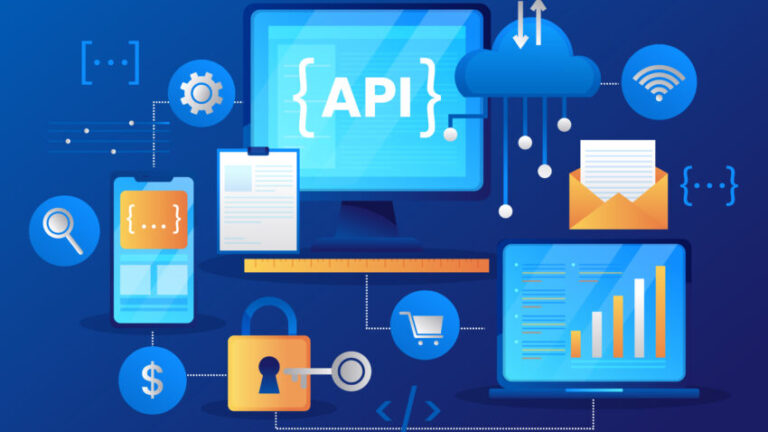In today’s fast-paced digital world, the success of an iOS app hinges not only on its features and functionality but also on its performance. Users demand seamless experiences that load quickly and respond instantaneously to their interactions. As such, optimizing app performance has become paramount for developers aiming to stand out in the crowded marketplace. This comprehensive guide delves into the intricacies of achieving user-centric speed and excellence in iOS app performance.
- Understanding the Importance of Performance Optimization:
- In the fiercely competitive landscape of the App Store, users have increasingly high expectations regarding app performance.
- Studies have shown that even minor delays in app response times can significantly impact user engagement and retention.
- Performance optimization isn’t just about technical metrics; it’s about enhancing the overall user experience and satisfaction.
- Key Metrics for Assessing iOS App Performance:
- Load Time: The duration it takes for an app to launch and become fully functional.
- Responsiveness: How quickly the app reacts to user interactions, such as taps and swipes.
- Stability: The app’s ability to remain operational without crashing or freezing under various conditions.
- Resource Consumption: Monitoring CPU, memory, and battery usage to ensure efficient resource utilization.
- Strategies for Optimizing iOS App Performance: a. Efficient Coding Practices:
- Adopting best practices such as modular programming, code refactoring, and minimizing resource-intensive operations.
- Utilizing asynchronous programming techniques to prevent UI blocking and improve responsiveness. b. Image and Asset Optimization:
- Compressing images without compromising quality to reduce file sizes and loading times.
- Implementing lazy loading techniques to defer the loading of non-essential assets until they’re needed. c. Network Performance Optimization:
- Minimizing network requests by consolidating data fetches and leveraging caching mechanisms.
- Optimizing API endpoints to reduce latency and enhance data transfer efficiency. d. UI/UX Streamlining:
- Simplifying complex user interfaces to reduce rendering overhead and enhance usability.
- Implementing smooth animations and transitions using Core Animation frameworks for a polished user experience. e. Memory Management:
- Identifying and resolving memory leaks through thorough profiling and debugging.
- Implementing memory caching strategies and autorelease pools to mitigate memory pressure. f. Battery Efficiency:
- Minimizing background processing and optimizing CPU usage to extend device battery life.
- Implementing intelligent scheduling algorithms to perform resource-intensive tasks during periods of low device activity. g. Continuous Performance Monitoring:
- Integrating performance monitoring tools such as Instruments and Firebase Performance to identify performance bottlenecks in real-time.
- Setting up automated tests and benchmarks to ensure consistent performance across different devices and operating system versions.
- The Role of User Feedback in Performance Optimization:
- Soliciting feedback from users through app reviews, surveys, and analytics data to identify performance pain points.
- Prioritizing performance-related issues based on user feedback and addressing them in subsequent app updates.
- Engaging with users transparently by communicating performance optimization efforts and improvements in release notes.
- Case Studies of iOS Apps Excelling in Performance Optimization:
- Instagram: Implemented image caching and preloading mechanisms to deliver smooth scrolling and faster content loading.
- Spotify: Optimized network requests and introduced offline caching to reduce dependency on real-time data fetching, improving app responsiveness.
- Google Maps: Leveraged vector graphics and tile-based rendering for faster map loading and smoother navigation experiences.
- Future Trends in iOS App Performance Optimization:
- Integration of machine learning algorithms for predictive performance optimization and anomaly detection.
- Embracing emerging technologies such as SwiftUI and Combine frameworks to streamline app development and enhance performance.
- Continued focus on accessibility and inclusivity to ensure that performance optimizations benefit users across diverse devices and environments.
- Conclusion:
- Achieving excellence in iOS app performance requires a holistic approach that encompasses efficient coding practices, asset optimization, network performance tuning, UI/UX enhancements, memory management, and continuous monitoring.
- By prioritizing user-centric speed and responsiveness, developers can differentiate their apps in the competitive App Store landscape and drive higher user engagement and satisfaction.
- Embracing a culture of continuous improvement and responsiveness to user feedback is essential for maintaining performance excellence over time.
In conclusion
Prioritizing user-centric speed and performance excellence is not just a technical consideration but a strategic imperative for iOS app developers looking to succeed in today’s competitive marketplace. By implementing the strategies outlined in this guide and staying attuned to evolving user expectations and technological advancements, developers can create iOS apps that deliver exceptional performance and delight users with seamless experiences.
Transform your vision into reality with expert iOS mobile app development in Dubai. Let’s create the next big app together!

